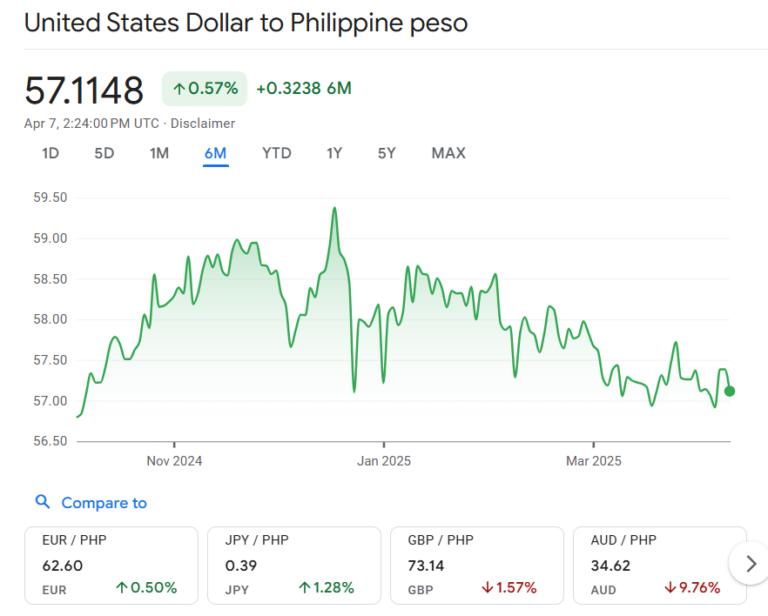On Wednesday, China’s military carried out live-fire drills in the East China Sea, marking an escalation in ongoing military exercises near Taiwan. The Chinese military said the drills were designed to practice precision strikes on important targets, such as ports and energy facilities, though they did not disclose the exact locations of these targets. The exercise took place as part of the Strait Thunder-2025A military drill.
These drills follow an increase in tensions between China and Taiwan, especially after China criticized Taiwan President Lai Ching-te. China calls him a “parasite” and accuses him of supporting Taiwan’s separatist movements. Lai, who became president last year, refuses to accept China’s claim that Taiwan is part of its territory. He believes that only Taiwan’s people should decide their future.
Details of the Live-Fire Drills
China’s Eastern Theatre Command said the drills involved using long-range weapons to target simulated facilities in the sea, with the goal of testing the ability to strike key ports and energy infrastructure. The Chinese military reported that the drills achieved their desired effects, though they did not go into further detail.
A video released by China showed rockets being fired and hitting land targets. The video also included computer-generated explosions over Taiwanese cities, including Tainan, Hualien, and Taichung—all of which are home to military bases and important ports. The video also displayed messages about controlling energy routes and disrupting supply chains.
The Shandong aircraft carrier, part of China’s navy, also participated in the drills, focusing on air and naval operations together, with a goal of creating a multi-dimensional blockade around Taiwan.
Taiwan’s Response
Taiwan immediately condemned China’s actions, stating that over 10 Chinese warships were within Taiwan’s response zone. Taiwanese defense officials also reported that China had sent 76 aircraft and 15 warships near Taiwan in the last 24 hours.
Taiwan’s defense ministry said that these movements were part of China’s ongoing harassment drills, with China’s coast guard also participating. Despite these military activities, Taiwan reported that no flights or other travel had been disrupted by the drills.
International Concerns
The United States, a strong ally of Taiwan, condemned China’s actions, saying that the military activities and aggressive rhetoric from China are increasing tensions in the region and could threaten global peace. Both Japan and the European Union also expressed concern, with the EU calling for the preservation of peace in the Taiwan Strait and opposing any actions that forcefully change the status quo.
The growing military pressure from China on Taiwan is part of a long-standing conflict between the two sides. Since 1949, when the defeated Republic of China fled to Taiwan after the Chinese Civil War, Taiwan and China have remained separated, but China has always claimed Taiwan as part of its territory.
What Does This Mean for Taiwan?
While Taiwan has been living under the threat of invasion for decades, this latest escalation in military drills has raised new concerns. The drills also follow China’s increasing efforts to pressure Taiwan, including calls for people to report any separatist activities in Taiwan.
As tensions continue to rise, many are worried about the possibility of conflict in the region, especially as Taiwan refuses to bow to China’s demands. The international community, including the US, Japan, and the EU, is closely watching the situation to ensure that peace is maintained and that no aggressive actions are taken to change the current status of Taiwan.
Taiwan’s people are left in a difficult position, hoping for peace while facing growing military pressure from China. For now, Taiwan remains resilient, continuing to defend its sovereignty and reject China’s claims.

















